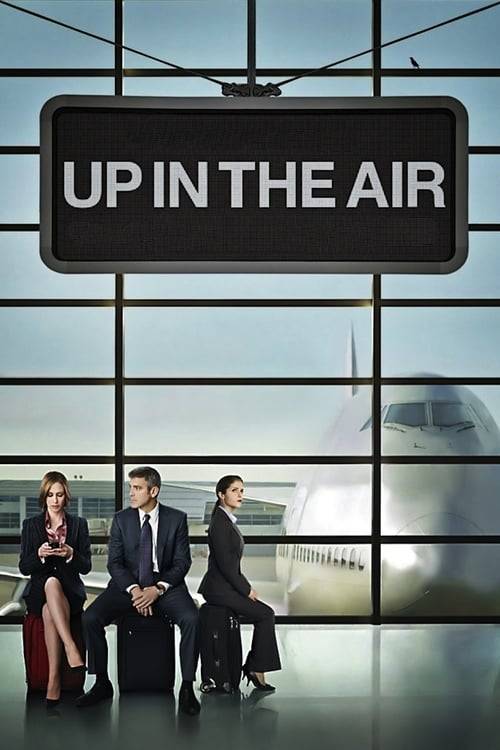
Up in the Air is a great film. Essentially, it is about our commitment in life: at work; in our families; in a relationship.
It stars George Clooney who plays Ryan Bingham, a man whose job is to fly around the United States, helping his firm’s corporate clients lay off their staff. Ryan’s job sees him on the road most days of the year. In fact, he feels more at home in an airport than he does at home.
Ryan is a solitary guy. He’s not interested in commitments or relationships and is very happy with his unencumbered lifestyle. Indeed, his philosophy of life is that the fewer commitments we have, the more fulfilling our lives will be. At one point, however, Ryan begins to wonder whether he should be making connections other than his next flight.
In addition to his main job, Ryan is also a motivational speaker. His keynote speech is entitled, “What’s In Your Backpack?”. The theme of the speech is that commitments and possessions slow us down and that we would be better off without them.
Regardless of whether you adhere to that philosophy, Clooney’s speech in Up in the Air is excellent for a number of reasons. Below is the trailer for the movie with an abbreviated version of the speech. The full speech text, with analysis, follows.
What’s In Your Backpack?
- A good, intriguing title. Titles are important. And this is the first of nine questions that Clooney asks his audience. Questions can be effective in a speech because each audience member will answer them in a way that is meaningful to him or her.
- Effective use of a prop. He opens the backpack and leaves it on the table in full view for the entirety of the speech.
“How much does your life weigh?“
- Great opening. An unusual and provocative question that makes us think.
- Nice pause after this line. Clooney uses pauses very effectively throughout the speech.
“Imagine for a second that you’re carrying a backpack. I want you to feel the straps on your shoulders. Feel them?“
- We know what a backpack is and most of us have worn one at one time or another. Thus, we can identify with the situation.
“Now I want you to pack it with all the stuff that you have in your life. You start with the little things, the things on shelves and in drawers, the knickknacks, the collectibles. Feel the weight as that adds up.“
- So far, so good. We are being asked to fill up the backpack, but with little things.
- Notice the pauses before and after the final sentence.
“Then you start adding the larger stuff: clothes; tabletop appliances; lamps; linens; your TV.“
- Clooney is now asking us to do something that is physically impossible. There is no way that a backpack can hold all of these things. But because the request is unexpected, it holds our attention. Clooney has, figuratively speaking, opened a hole. (He fills it soon thereafter when we realize that the backpack is a metaphor for our lives.)
- Nice alliteration: “lamps; linens”.
“The backpack should be getting pretty heavy now and you go bigger: your couch, bed, your kitchen table. Stuff it all in there. Your car, get it in there. Your home, whether it’s a studio apartment or a two-bedroom house. I want you to stuff it all into that backpack.“
- Building on the example.
“Now try to walk. It’s kind of hard, isn’t it?“
- Nice humor. However, the point is an important set-up for the main theme of the speech which comes immediately after.
- A couple of nice pauses.
“This is what we do to ourselves on a daily basis. We weigh ourselves down until we can’t even move. And make no mistake, moving is living.”
- Now it becomes clear what the metaphor represents.
- Nice alliteration with the letter “m” in the final sentence.
“Now, I’m going to set that backpack on fire.“
- Another unexpected statement. We’ve just stuffed all of our worldly possessions into that backpack and now it is going to be set it on fire! What will happen?
“What do you want to take out of it? Photos? Photos are for people who can’t remember. Drink some ginko and let the photos burn.“
- Another important question for the audience. What would we save? It’s not coincidental that photos are offered as a first choice. Studies show that photographs are among the things that people hold most important when it comes to their belongings. And, of course, most of our photographs have people in them. This is important because the second part of the speech deals with the people in our lives.
“In fact, let everything burn and imagine waking up tomorrow with nothing. It’s kind of exhilarating, isn’t it?“
- At first blush, “exhilarating” is probably not the word that jumps to mind when thinking about “waking up with nothing”. But Clooney’s purpose is to get the audience to see that possessions weigh us down and that giving them up can be liberating and rejuvenating.
“Now, this is going to be a little difficult. So stay with me.“
- With this line, George raises the stakes. He signals that the subject matter is going to be difficult and asks the audience to bear with him. On one level, it is a somewhat cumbersome transition, but the reference to the difficulty ahead raises our curiosity.
“You have a new backpack. Only this time, I want you to fill it with people.“
- Same metaphor — the backpack — but this time different, more important, contents.
“Start with casual acquaintances, friends of friends, folks around the office. Then you move in the people that you trust with your most intimate secrets. Your cousins, your aunts, your uncles, your brothers, your sisters, your parents. And finally, your husband, your wife, your boyfriend or your girlfriend. You get them into that backpack.“
- He follows the same pattern that he did for the objects; namely, start with with people who occupy a relatively small place in our lives and progressively move to those who are most important to us.
“Don’t worry I’m not going to ask you to light it on fire.“
- Humour and a callback to the previous backpack that he did set on fire.
“Feel the weight of the bag. Make no mistake, your relationships are the heaviest components in your life. Do you feel the straps cutting into your shoulders? All those negotiations and arguments and secrets and compromises.“
- A callback to when he asked us to put on the first backpack and feel the straps. Only now, instead of just feeling the straps, we feel them cutting into our shoulders. The image and sensation is powerful. People weigh more than things.
“You don’t need to carry all that weight. Why don’t you set that bag down?“
- Here is the call to action.
“Some animals were meant to carry each other, to live symbiotically for a lifetime. Star-crossed lovers, monogamous swans. We are not those animals.
“The slower we move, the faster we die. We are not swans. We’re sharks.“
- Nice symmetry in the first sentence: slower / mover; faster / die.
- Reinforcement of the theme.
- Had this been a speech in real life, it would almost certainly have gone on for longer than three minutes. The ending would likely have been different, perhaps with a repeat of the call to action.
Some final thoughts:
- The language in the speech was, for the most part, simple and easy to understand. A speech does not have to be peppered with long, complicated words to be effective. To the contrary, the most effective speeches use simple words enhanced by the occasional sophisticated word as was done here, especially at the end.
- For the first half of the speech in Up in the Air, Clooney stood still with his hands in his pockets. It is almost never a good idea to stand with your hands in your pockets. Compare it with the second half of the speech when he did use a few gestures. Much better.
- Clooney maintains eye contact with the audience throughout the speech. He does tend to focus on the people directly in front of him, though. (Probably for the camera.) Don’t forget the people along the sides and back of the room.
- He stood behind the lectern at all times. There is nothing inherently wrong with a lectern, but it does create a barrier between you and the audience. It would have been more effective to step out into the open. On the other hand, assuming that the only microphone available was the one fixed to the lectern, and assuming that the microphone was needed to be heard in the room, then it is better for Clooney to have stayed behind the lectern.
- It is clear that Clooney (his character, actually) believes deeply in what he is saying. His passion is understated, but it is quite visible.







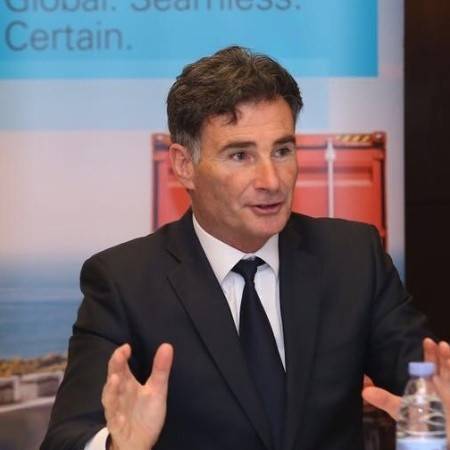


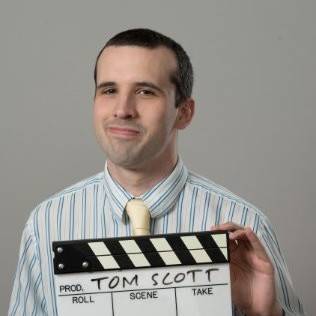
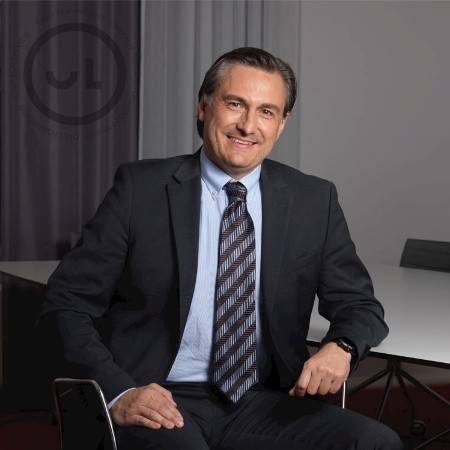
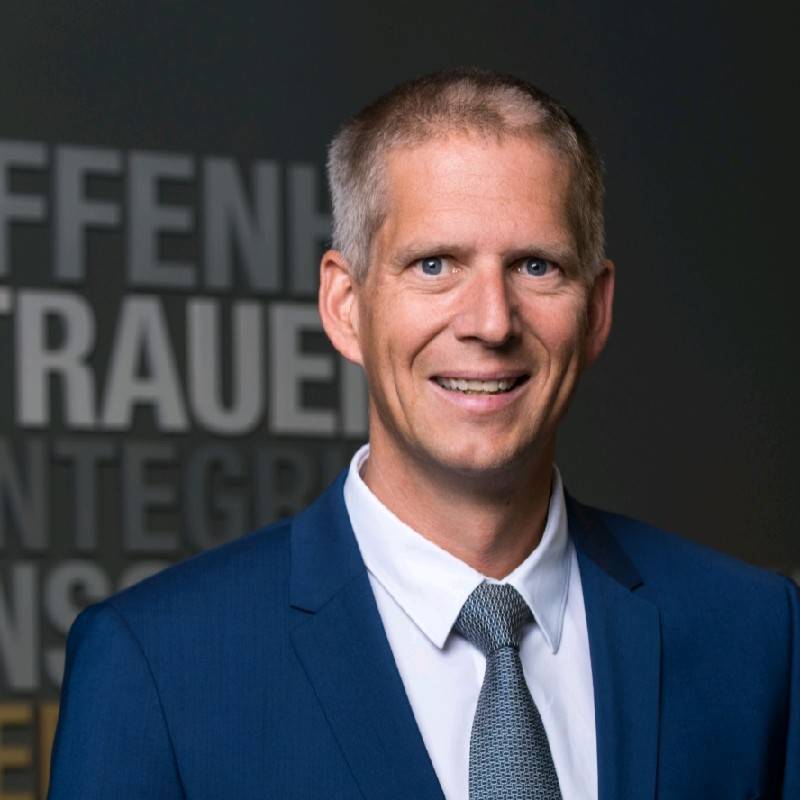

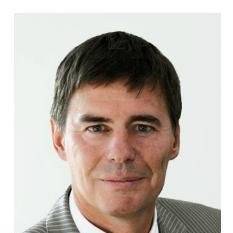

Thanks for sharing John. Well analyzed and very good advertisment for the movie which I am definitly going to watch with my wife.
You just won another follower.
Hi Michael. Thanks very much for the comment and welcome to “Manner of Speaking”. Glad you enjoyed the post and hope that you find other interesting and entertaining tips here. I’m sure that you and your wife will enjoy the movie; it is very relevant for the times in which we live.
Cheers!
John
Thanks John. I had seen the movie some time ago. Although the scene you pointed out is interesting I found the whole movie a little superficial and working with stereotypes, I missed the unexpected. Thanks all the same for your thoughts on this scene.
Hi Bertrand. Thanks for the comment. I rather liked the movie, given the subject matter and the current economic climate. But many is the time that I don’t like a movie that is very popular with my friends. Different strokes for different folks!
Cheers!
Great analysis of Clooney’s speech. Bookmarked. I love your site! 🙂
Thanks, Elsie!
John,
I just found your site and have enjoyed reading it. I find your comment about Clooney staying behind the lectern interesting. While there certainly could be the logistical component to it, I believe it better frames the topic of his speech. In the film, and in particular this speech, he is constantly disassociating himself from others. The lectern is just another barrier that he puts up separating himself from those around him.
Joe, an excellent comment. Thank you. I had not thought about it from that perspective, but you’re absolutely right. At the point in the movie when Clooney gives his speeches, he is very much a lone wolf (or shark, in his words). The lectern indeed serves as yet another barrier between him and everyone else. Of course, in the real world, a speaker wants to break down the barriers between the audience and himself. Still, an astute observation.
John
Superb analysis, John!
I learned more from your words than the character’s.
Thanks for the Post!
Thanks very much for the comment, Fred. I sincerely appreciate the support.
John
Hey John, superb work. Your analysis gave a clear idea how we are in real life. Your explanation of each line is very simple and easy to understand. I would like to make a request to you if you can explain something from the movie SMOKE(1995). This movie is all about adoring life living it with respect.
Thanks very much for the comment, Aniruddha. In fact, I have an old video of the movie “Smoke” but have never watched it. I hear it is good and will have to find time for it. If a speech from the movie inspires me, I will certainly write about it. Thanks for the tip.
John
Hi John,
I loved your post. It’s very simple, easy to understand. I would like to make a request if can post something from the SMOKE (1995) which I feel is a masterpiece. I felt like the movie said adore life and try to make the best of it before you lose it.
Keep going John…
Thanks again, Aniruddha. I’ll do my best.
John
Hi. Do you happen to have a mp3 of the speech without the music track in the background? Thinking about using it for a short film.
Hi Molly. In fact, there was another video of the speech (without, or with less, music) as I recall and that was the one that I had posted. However, somewhere along the way, it was taken down so I had to switch to the one you saw. I will keep my eye out for another version and let you know if I find one. Please do the same.
Many thanks.
John
Since I loved the speech, I Googled to check the exact words and came across your site. Your explanation for every sentence has made me think how much of care goes behind a movie screenplay. I never appreciated this before.
Apart form this, I really appreciate that you take your time to reply to each comment, else I would not bother commenting as well. I am definitely going to bookmark and browse this site. Noting the attention to details that you have put just on this page, I bet I can find some good reads here.
Many thanks for the comment, Karsten. I very much appreciate it. Clooney’s speech from up in the air is a great one and whoever wrote it chose the words very well.
Your comment about my replies to comments made me smile. When I first started this blog three years ago, I did not reply to every comment. I figured (wrongly) that it was sufficient to just post the comments. However, after a couple of months I realized that such an approach was just rude; if people take the time to comment on my blog, the least I can do is respond in kind. And, one of the nice things about a blog is that it can be a forum for discussions and exchanges of ideas. It’s not much of forum if the host does not participate!
So thanks again for the comment and for stopping by. I hope that you find other posts that you enjoy.
Cheers!
John
good analysis, and basically it’s a good scenario script..
Thanks very much.
I have been looking for this stuff! Great website.
Thank you. Much appreciated.
Interesting analysis – in Toastmasters, there is a prejudice against lecterns, but it is a discussion which should be reopened – lecterns have been used in churches for thousands of years – in schools, teachers have a desk for their materials – in multiple contexts, the sensible thing is to have a lectern – the idea that it is a barrier between the speaker and the audience is not always valid – in this case, the scene is a lecture theatre, quite correctly you have noted the microphone as the reason for being at the stand – also he is arguing a difficult point, so a calm easy style with hunorous interludes is a good tactic – he wants to appeal to people’s desire for freedom – that no matter how much we value our relationships, our jobs, our lives that we have carved out for ourselves, there is always a voice there somewhere wishing we could escape the routine and open new horizons – nevertheless our sense of our lives holds us to what we know and he makes that extremely difficult vision possible by using the backpack metaphor to show us we can break links easier than we might have imagined. His use of juxtaposition to finish (not swans, sharks) is a powerful thought-provoking image to make us mentally stronger to grab the vision prehaps not immediately, but upon reflection – we can return to be the swan, or we can try the road of the shark.
Thank you for the thoughtful comment. I agree with you on the issue of lecterns. There are occasions — church services, debates, graduations, speeches from a head table with others sitting on each side — when using a lectern is not just appropriate but necessary. However, many speakers use a lectern when they would be better served by coming out from behind it and engaging with the audience.